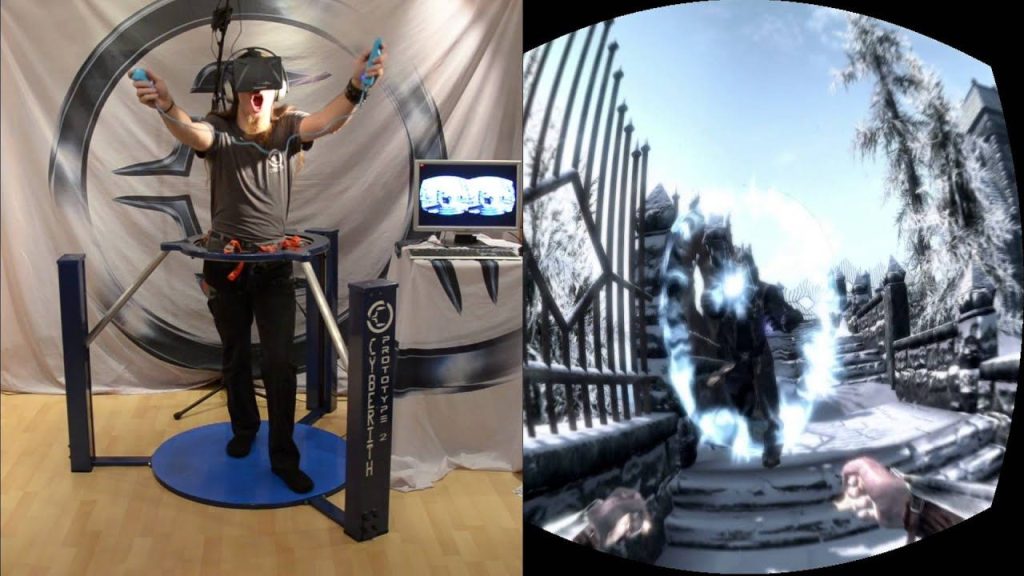
As the adoption of virtual reality (VR) technology continues to grow, the demand for immersive gaming experiences rises exponentially. Developers are presented with unique challenges when designing games for this emergent platform. In this article, we will explore the hurdles faced by those in the tech industry striving to create captivating virtual reality games that push the boundaries of immersion and interactivity.
1. Performance Optimization for Smooth Gameplay
One of the primary challenges in developing VR games is ensuring a consistent, high-performance experience. As players
immerse themselves in virtual worlds, any lag or framerate drops can disrupt their sense of presence and cause
discomfort. Developers must optimize every aspect of the game, from graphics to audio, to maintain a smooth gameplay
experience and prevent motion sickness.
2. Creating Realistic and Immersive Environments
In virtual reality gaming, the goal is to transport players to believable and immersive worlds. The level of detail
required for such environments presents a significant challenge. Developers must carefully craft realistic landscapes,
objects, and characters while balancing performance considerations. Achieving the perfect balance between graphics and
interactivity is crucial to maintain immersion and prevent the feeling of a disconnected virtual experience.
3. User Interface Design for VR
The conventional methods of user interface (UI) design found in traditional gaming experiences do not translate directly
to VR. Unlike traditional games played on a screen, VR games require innovative and intuitive UI designs that adapt to the
unique hardware and player movements. Developers must design UI elements that seamlessly integrate into the virtual
environment, offering easy accessibility and ensuring they do not become intrusive or disorienting.
4. Managing Simulator Sickness
Simulator sickness, which is similar to motion sickness, can occur when the player’s movements in the virtual world do
not match their physical movements. Nausea, disorientation, and discomfort can result from this discrepancy. Developers
must carefully consider and mitigate factors that may induce simulator sickness, such as sudden camera movements or
unrealistic acceleration. Minimizing these issues is vital to ensure a comfortable gaming experience for players.
5. Expanding Hardware Compatibility
Virtual reality gaming spans across a range of platforms and devices, each with its own hardware specifications and
capabilities. Developers face the challenge of creating games that can reach a wider audience by supporting various VR
headsets, input devices, and platforms. Compatibility testing and optimization become crucial to ensure optimal performance
and accessibility across different hardware configurations.
Conclusion: Overcoming the Challenges in VR Game Development
With each new technological advancement, the world of gaming evolves, and virtual reality presents an exciting yet
challenging frontier. Developers must overcome numerous obstacles, from performance optimization and building realistic
environments to designing intuitive user interfaces and minimizing simulator sickness. By successfully navigating these
challenges, they can deliver captivating VR experiences that blur the lines between reality and the virtual realm.


